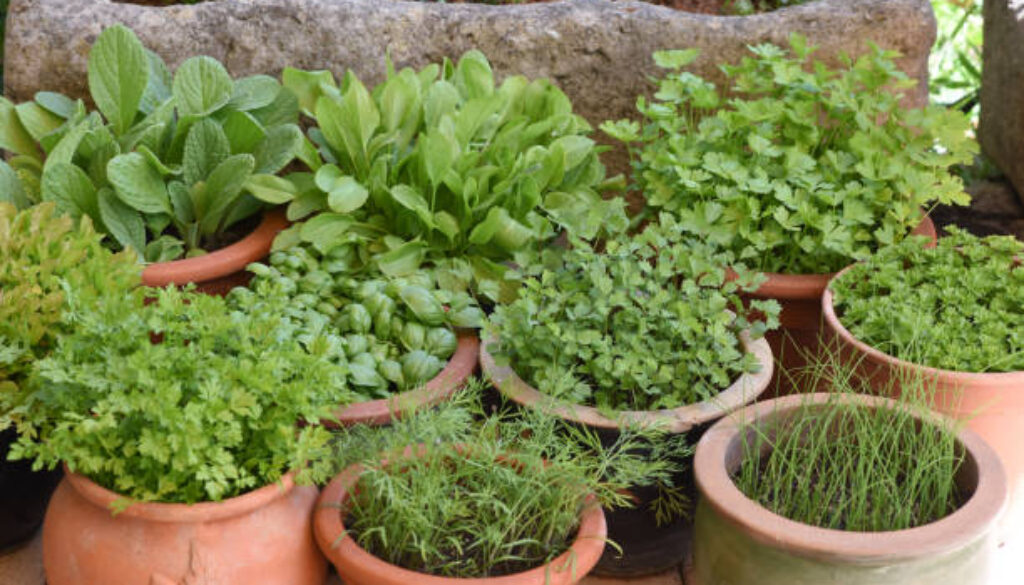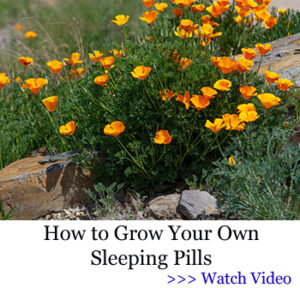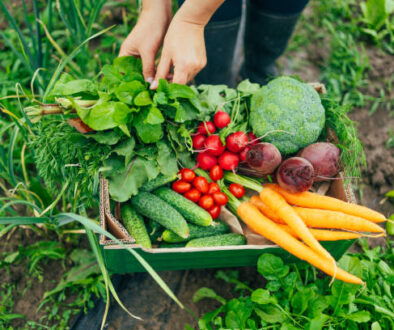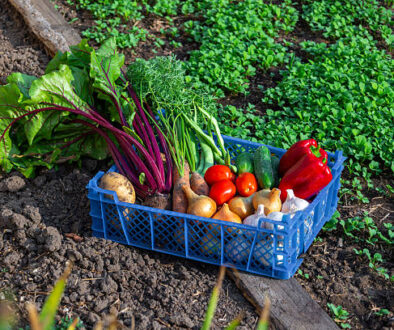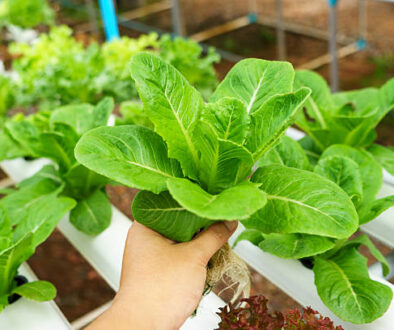How to Start A Medicinal Garden at Home, Even if you’ve never planted anything before
This post may contain paid and/or affiliate links. I may earn a small commission at no extra cost to you.
Starting your own medical garden at home might feel a little overwhelming at first, especially if you’ve never planted anything before.
But trust me, you don’t need years of experience or a green thumb to get it right.
With just a few pots, soil, and the right seeds, you can grow a healing herbs garden that supports your health and well-being.
A small herbal medicine garden can bring fresh remedies right to your doorstep, while a medicinal herbs garden filled with healing plants gives you natural options for everyday care.
Let’s make it simple, practical, and totally doable for you.
Why Growing a Medicinal Garden at Home Is Worth It
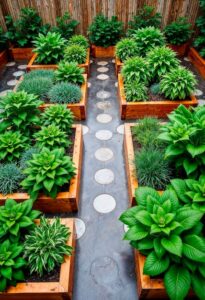
Starting a medicinal garden at home isn’t just about growing plants; it’s about building a healthier lifestyle.
When you step outside and snip a few leaves for tea, or grab a sprig to ease a headache, you feel a real connection to your own well-being.
These gardens save you money, reduce your reliance on store-bought remedies, and bring fresh, natural solutions right to your doorstep.
Plus, gardening itself is therapeutic. Tending the soil, watching plants grow, and enjoying the scents around you can lift your mood and calm your stress.
It’s like free therapy with a bonus supply of natural medicine.
Related:
- How to Start A Medicinal Garden at Home, Even if you’ve never planted anything before
- 14 Herbs That Grow Perfectly Well In Buckets Anytime Of The Year
- 9 Powerful Medicinal Herbs to Add to Your Healing Herbs Garden
Choosing the Right Spot for Your Medicinal Garden
Location matters when you’re starting out. You want a spot that gets at least six hours of sunlight each day.
A sunny balcony, backyard corner, or even a windowsill can do the trick. If space is tight, you can grow your plants in containers.
Drainage is just as important as sunlight. Herbs and medicinal plants don’t like soggy soil.
Make sure water can drain easily from the area or from the pots you’re using.
A small raised bed or a few planters on stands can work wonders.
Easy Medicinal Plants for Beginners
You don’t need to start with dozens of plants. A handful of reliable, easy-to-grow choices will give you a strong foundation.
Here are some great beginner picks:
Aloe Vera
Aloe is the ultimate starter plant. It thrives in pots, doesn’t need much water, and helps soothe burns, cuts, and dry skin.
Peppermint
Peppermint grows fast, spreads easily, and makes a refreshing tea that helps digestion. To keep it from taking over, plant it in a pot.
Chamomile
Chamomile brings calming flowers that you can use for tea to ease stress and help with sleep.
Lavender
Lavender looks beautiful, smells amazing, and can help with relaxation, headaches, and even bug bites.
Calendula
Calendula flowers are bright and cheerful. They can be turned into soothing salves or teas for skin health.
With just these few plants, you’ll have remedies for burns, stress, digestion, and skin issues.
Setting Up Your Garden Step by Step
Starting a medicinal garden is easier when you break it down into steps.
- Plan Your Space – Decide if you’ll use pots, a raised bed, or a garden patch. Sketch a quick layout.
- Pick Your Plants – Choose 3–5 starter herbs and add more later as you gain confidence.
- Prepare the Soil – Use a good-quality potting mix or add compost to your garden soil for healthy growth.
- Plant and Water – Follow the instructions on seed packets or starter plants. Water when the soil feels dry about an inch down.
- Label Everything – Use markers so you don’t mix up your herbs, especially when they’re still small.
- Harvest Gently – Snip what you need, but don’t overharvest. Leave enough for the plant to keep growing strong.
Tips to Keep Your Healing Herbs Thriving
- Water Smartly – Most medicinal plants prefer moderate watering. Let the top of the soil dry out a little before watering again.
- Prune Regularly – Trim your herbs to encourage bushy growth and prevent them from becoming too woody.
- Use Companion Planting – Some plants protect each other. For example, planting basil near chamomile can boost growth and flavor.
- Watch for Pests – Check leaves regularly for bugs. A quick spray of water or neem oil can solve most small issues.
- Rotate Harvesting – Don’t take from the same plant every time. Rotate so they all get time to recover.
Storing and Using Your Harvest
Once you’ve got a steady supply, you’ll want to store your herbs for later.
- Drying – Hang small bunches upside down in a cool, dry place. Store in airtight jars once crisp.
- Freezing – Chop fresh herbs, put them in ice cube trays, and cover with a little water or olive oil. Pop them into recipes or teas later.
- Infusing – Make oils or tinctures by steeping herbs in carrier oils or alcohol. These are great for salves or natural remedies.
Always label your jars and bottles with the plant name and date. Freshness matters when it comes to medicinal use.
Creating Daily Habits With Your Herbal Medicine Garden
Your garden becomes more valuable when you actually use it.
Try brewing fresh teas in the evening, applying aloe for small skin issues, or making a soothing lavender bath once a week.
Over time, you’ll build a rhythm where your medicinal plants become part of your daily routine.
Even if you only use them for relaxation or mild ailments, they bring a sense of comfort.
That connection makes your garden more than just plants—it becomes part of your lifestyle.
Conclusion
Starting a medicinal garden at home doesn’t require fancy tools or years of gardening know-how.
With a few starter plants, some sunlight, and consistent care, you can build a small garden that supports both your body and your mind.
The beauty of this process lies in the simplicity—each step brings you closer to healthier, more natural living.
FAQs
1. Do I need a backyard to start a medicinal garden?
Not at all. A windowsill, balcony, or even a sunny kitchen counter can work. Containers make it possible to grow herbs anywhere.
2. How much time does it take to care for a medicinal garden?
Most herbs need just a few minutes of attention each day—watering, checking for pests, and light trimming. It’s more about consistency than time.
3. Are medicinal plants safe to use without medical advice?
Many common herbs are safe in small amounts, but always do your research before trying new remedies. If you have health conditions or take medication, talk to your doctor first.
4. Can I grow medicinal plants indoors all year round?
Yes, as long as they get enough light. A sunny window usually works, but you can also use grow lights if natural light is limited.
